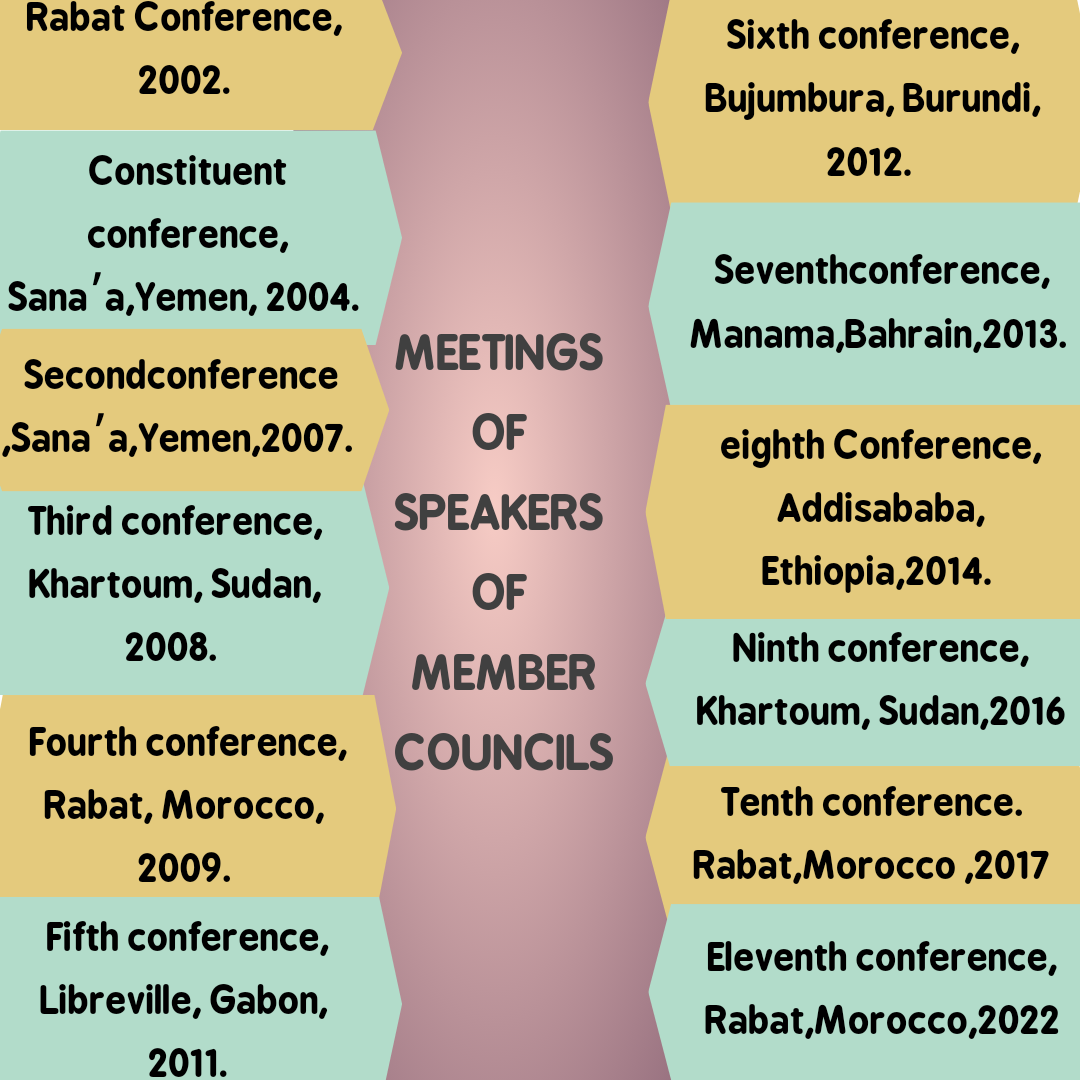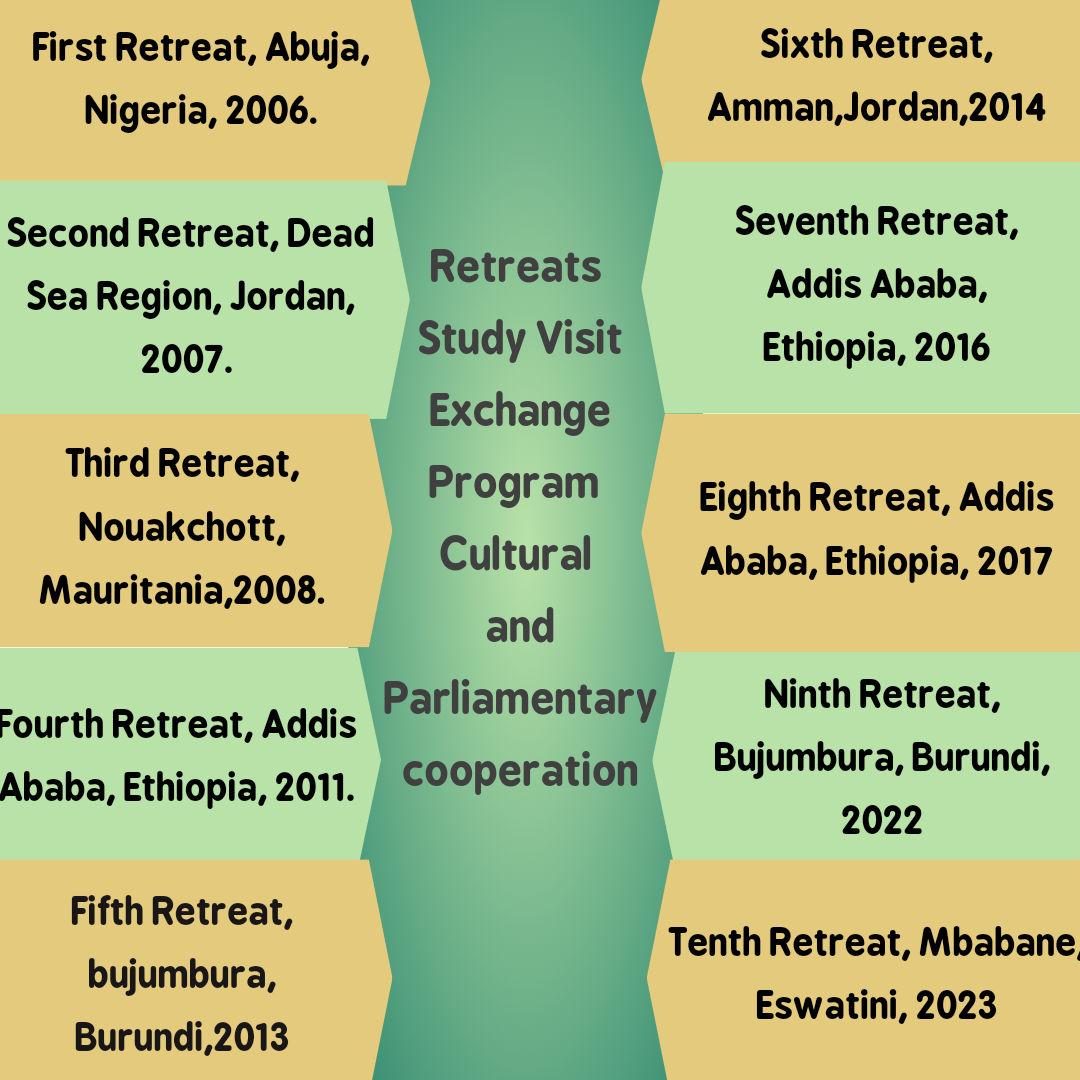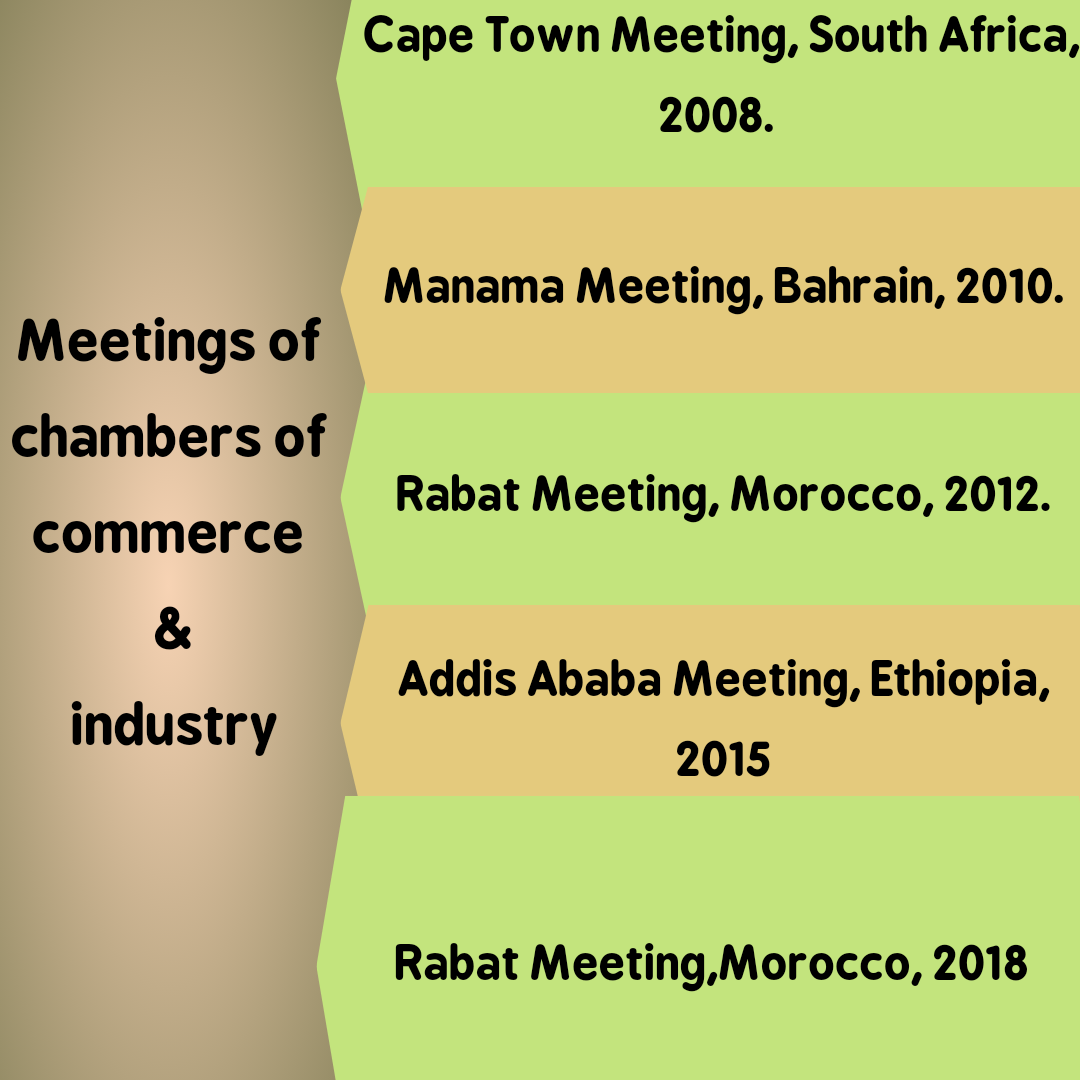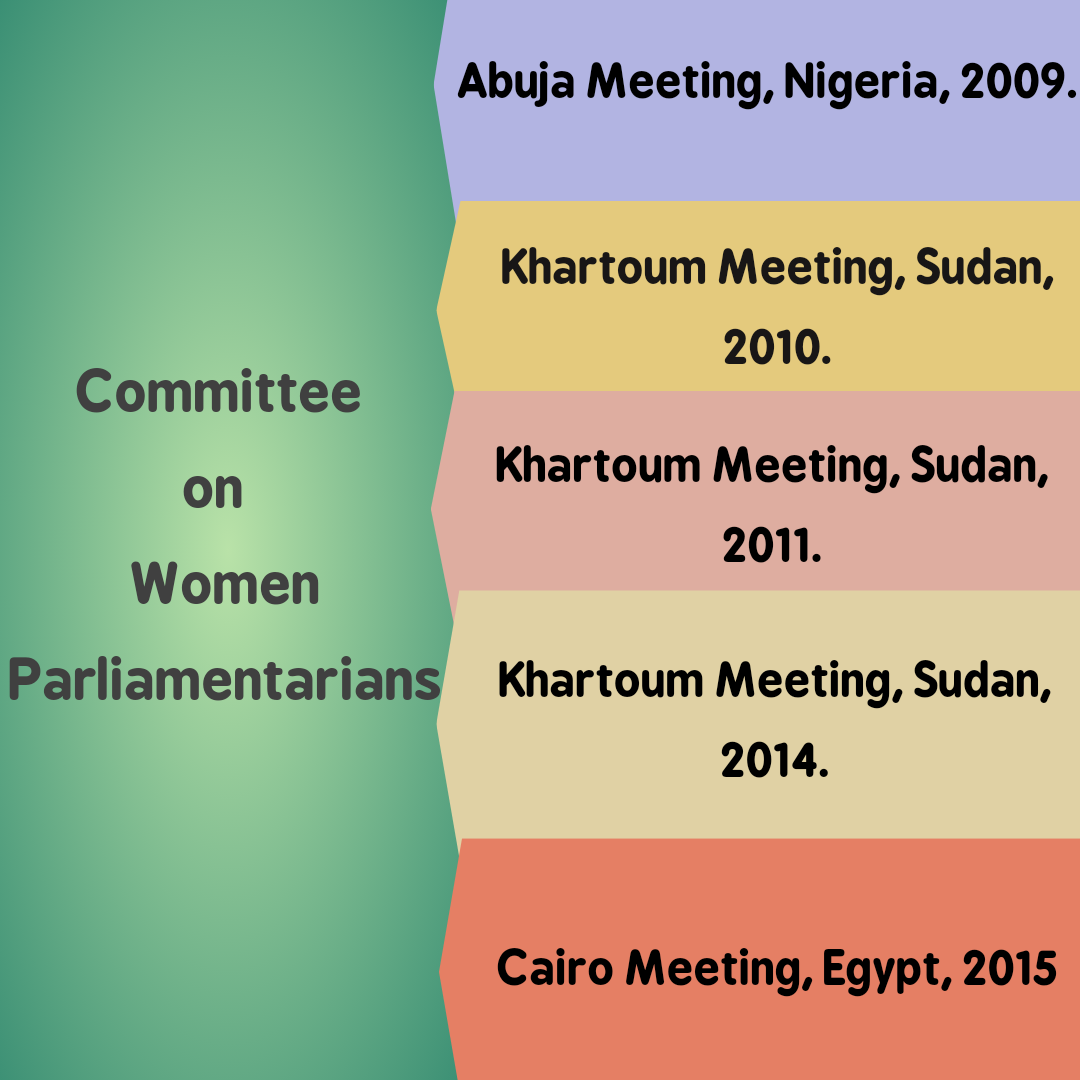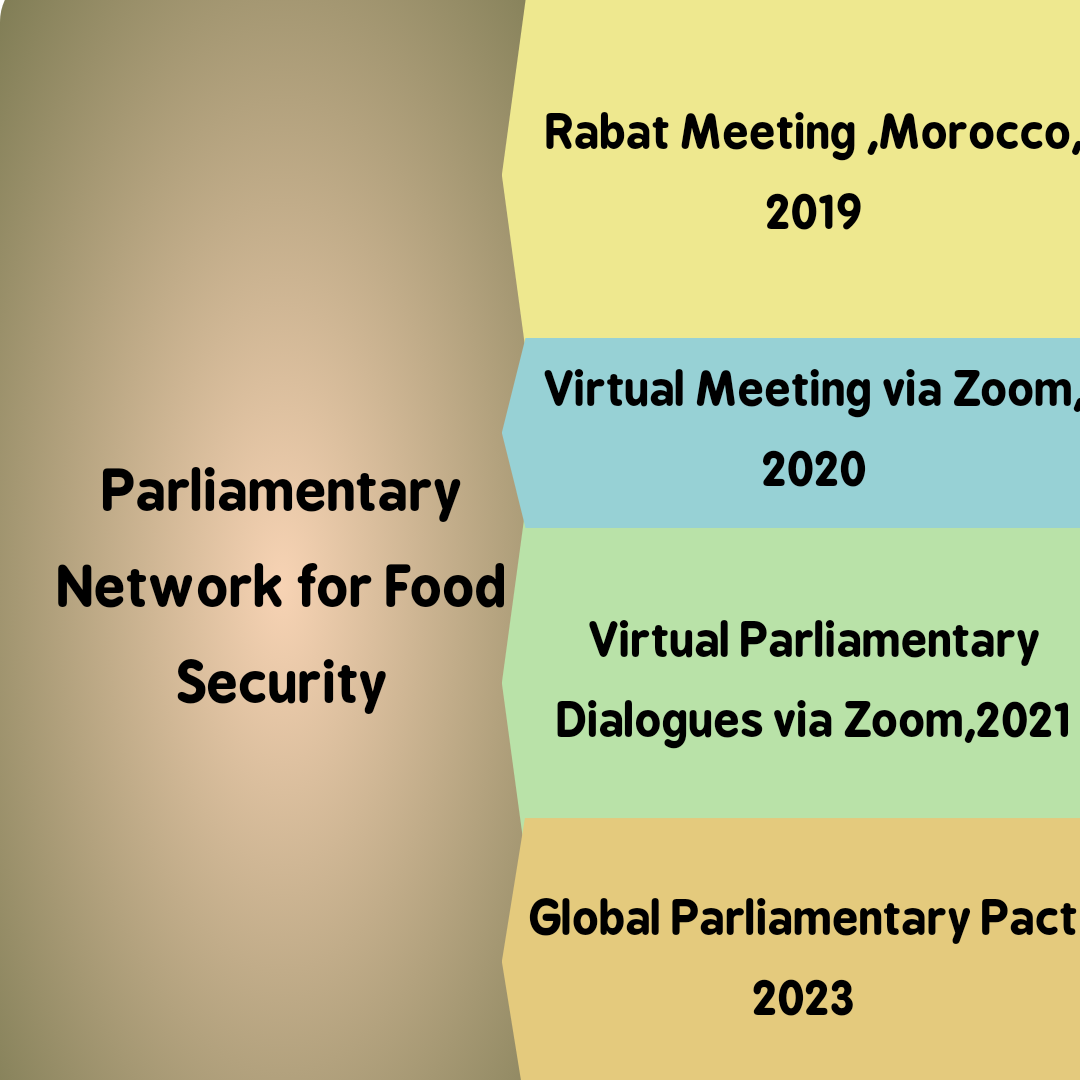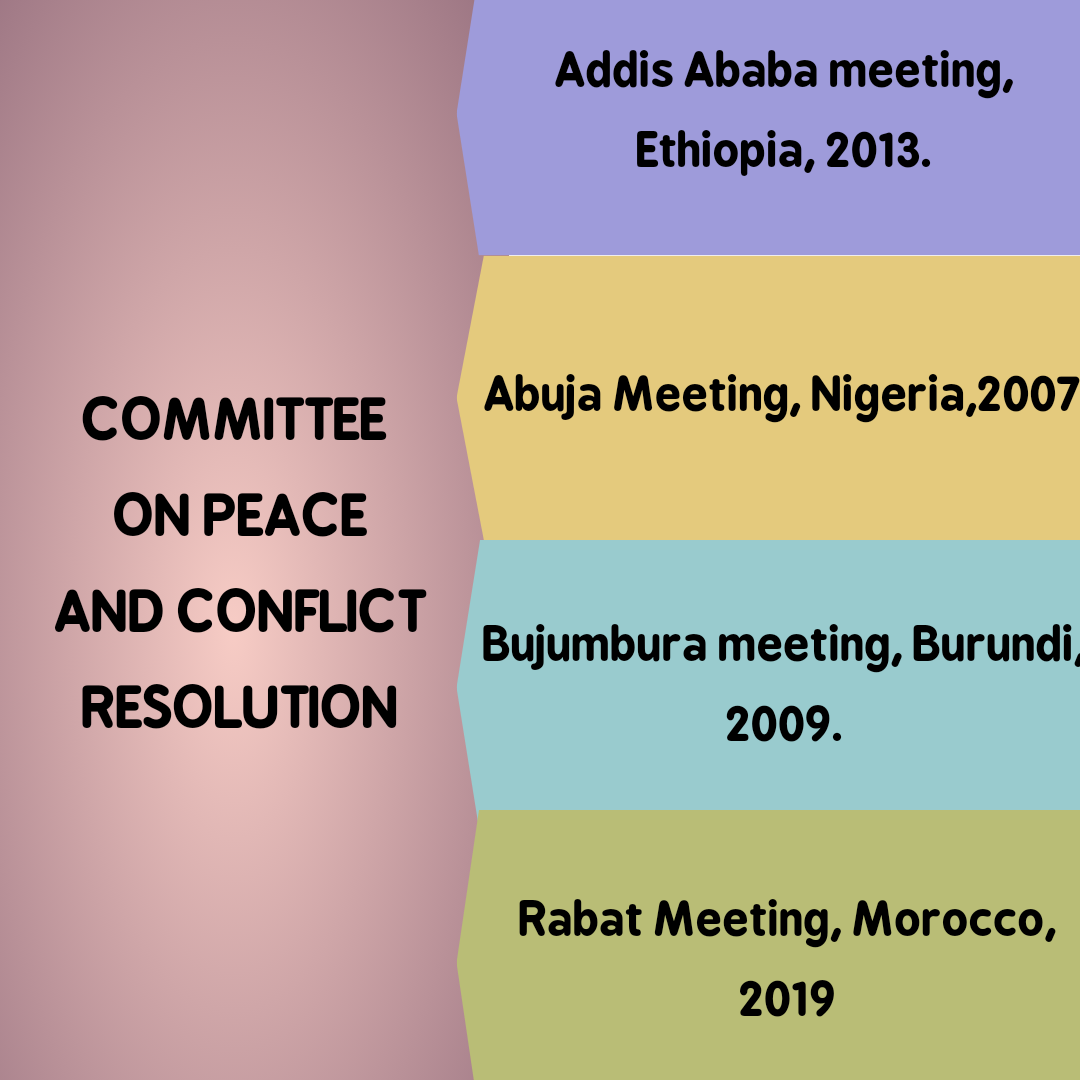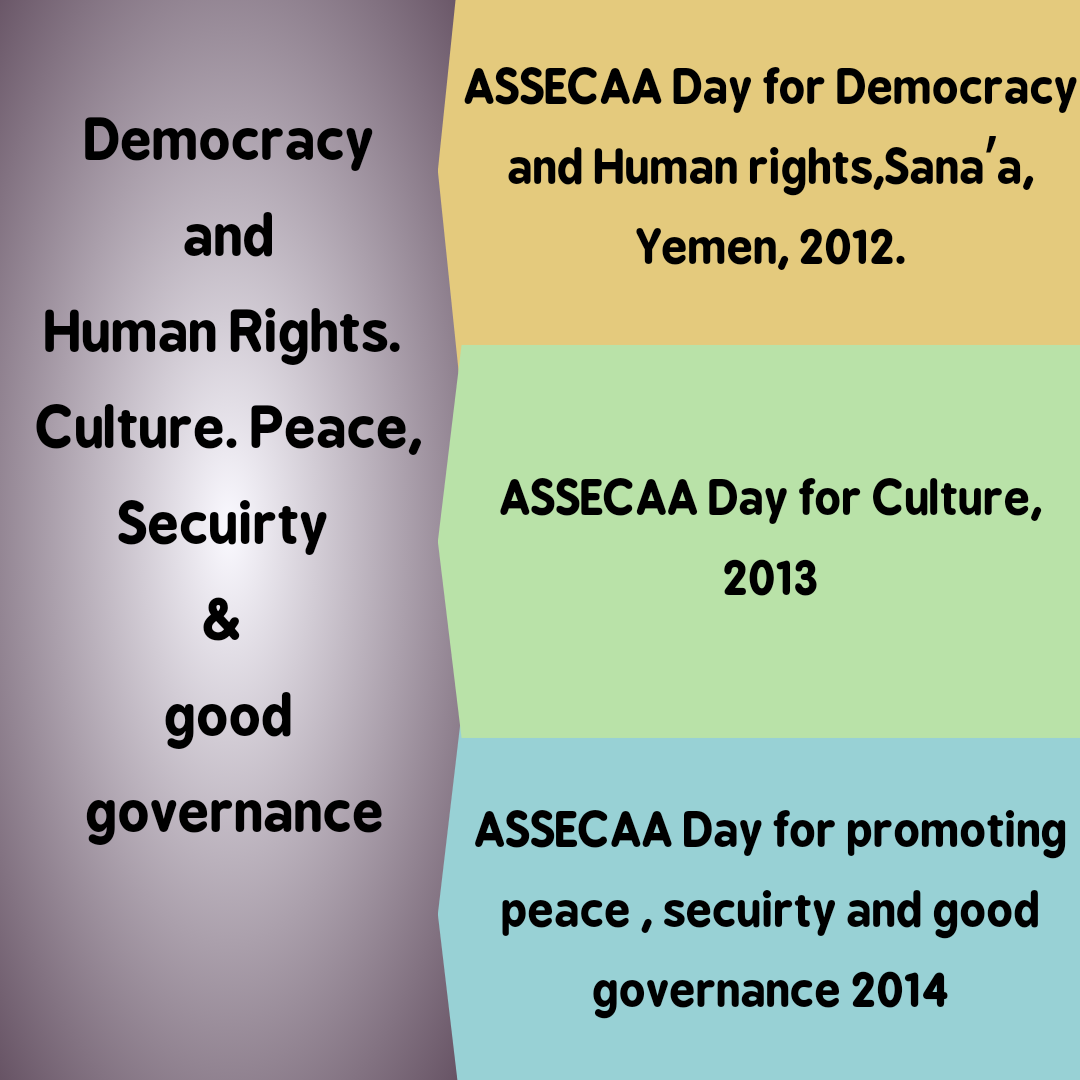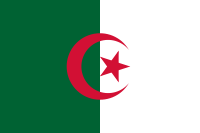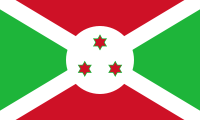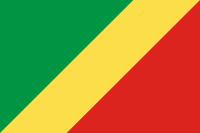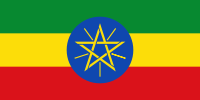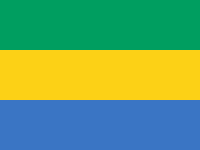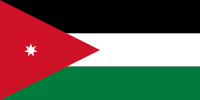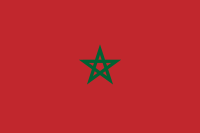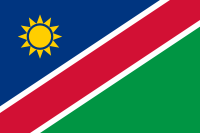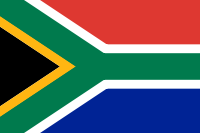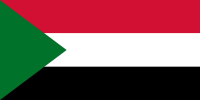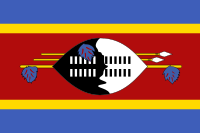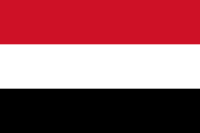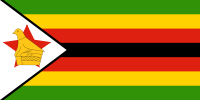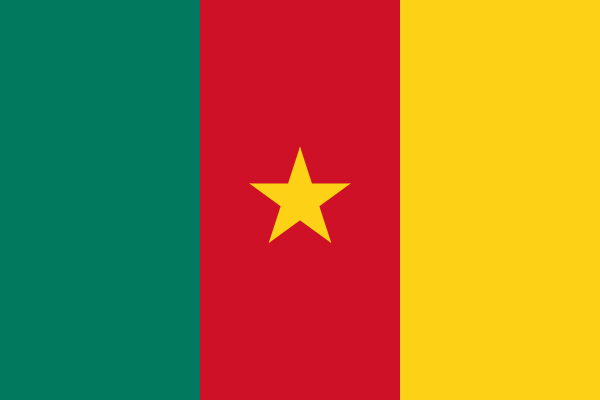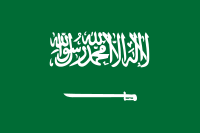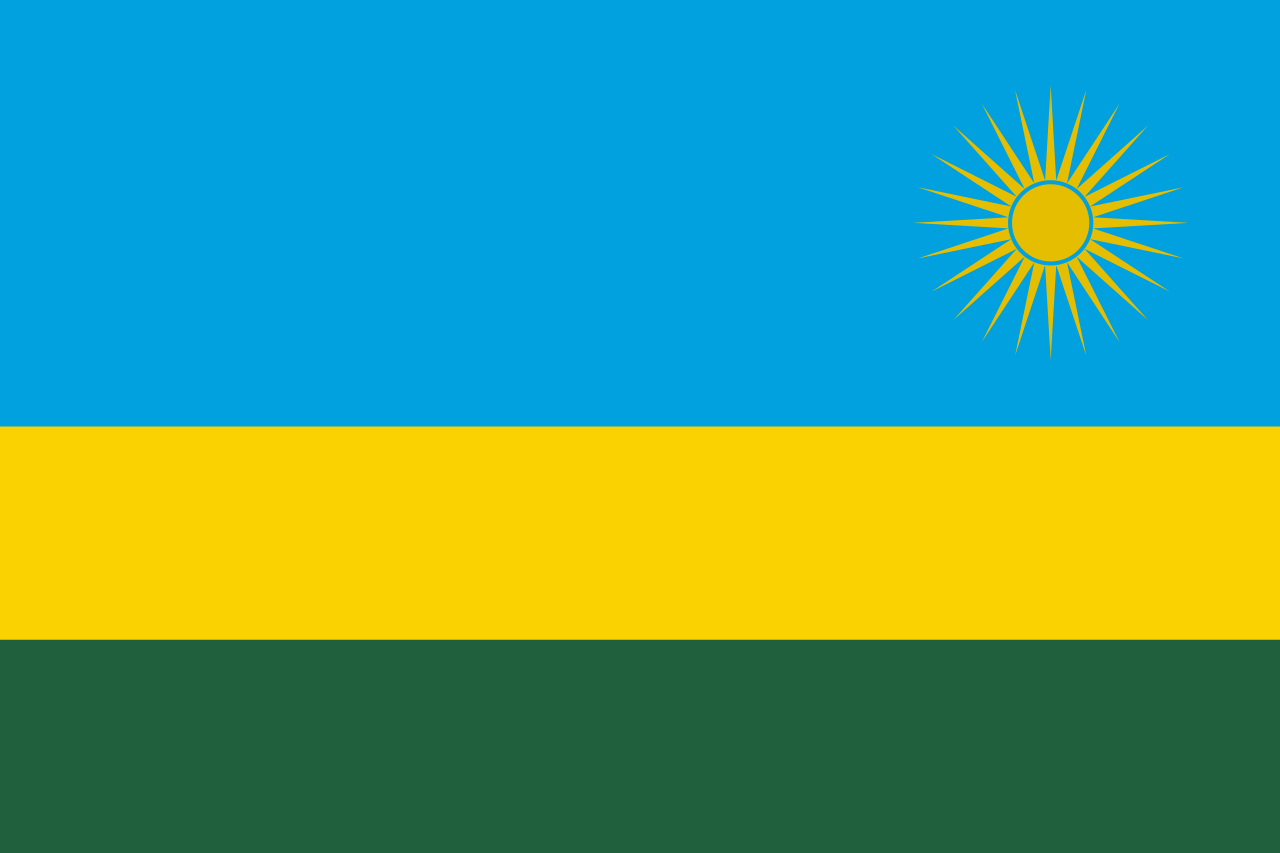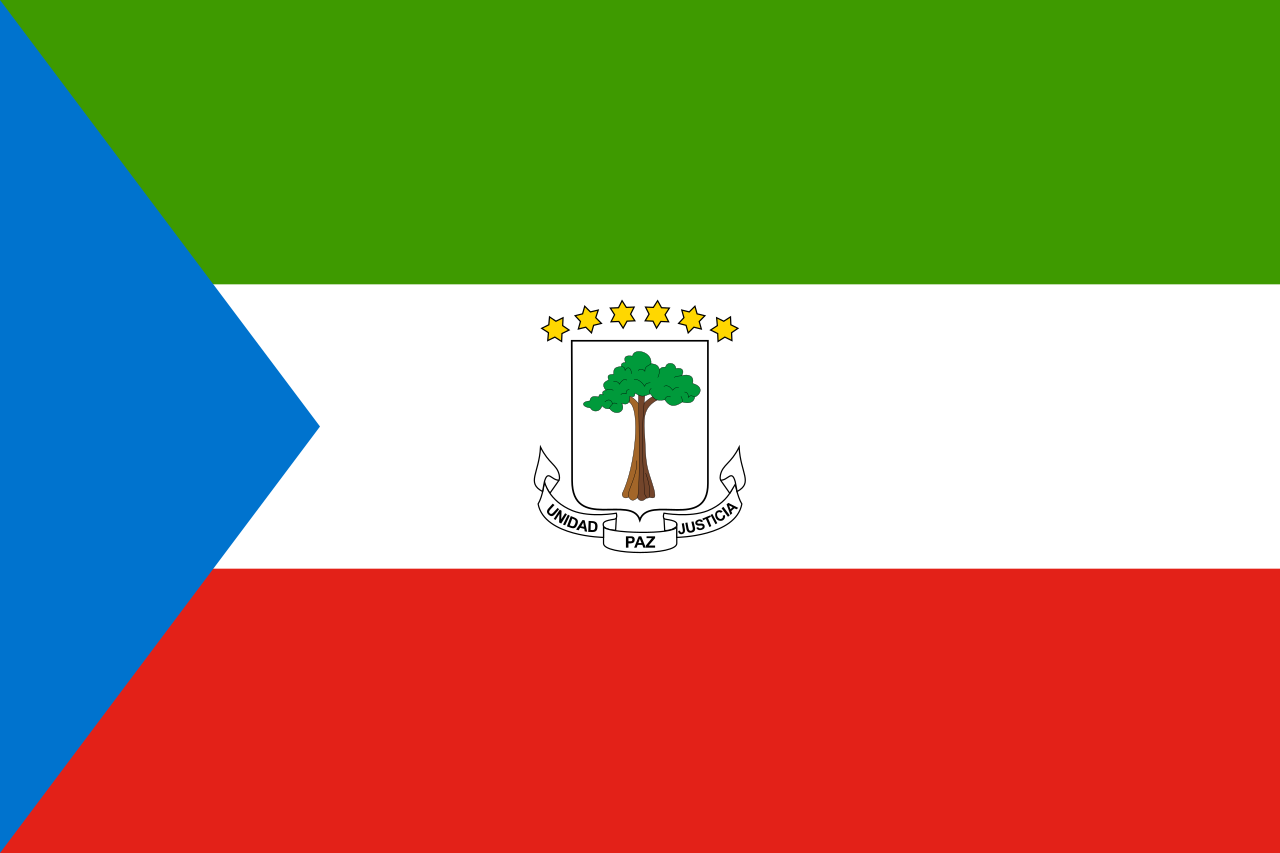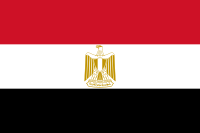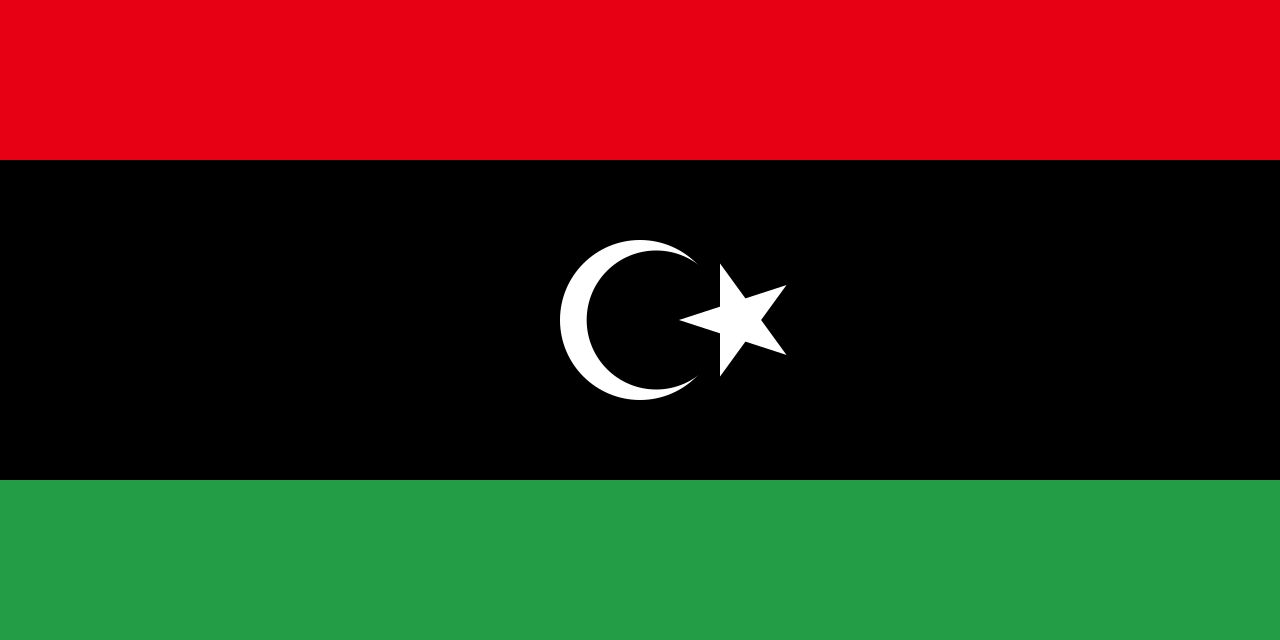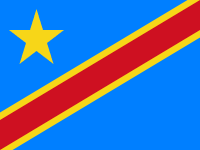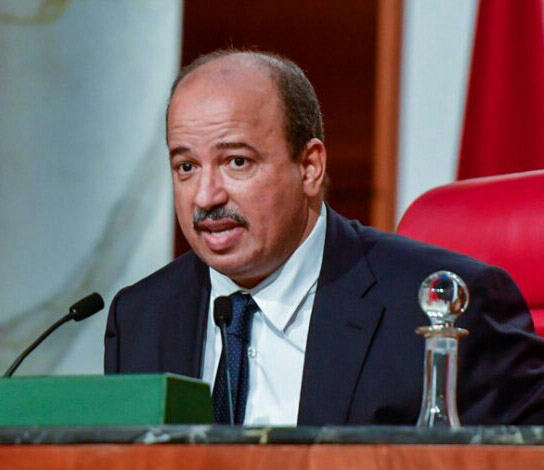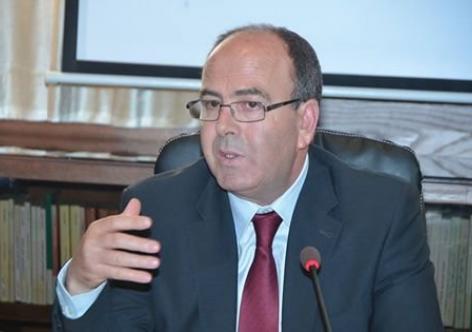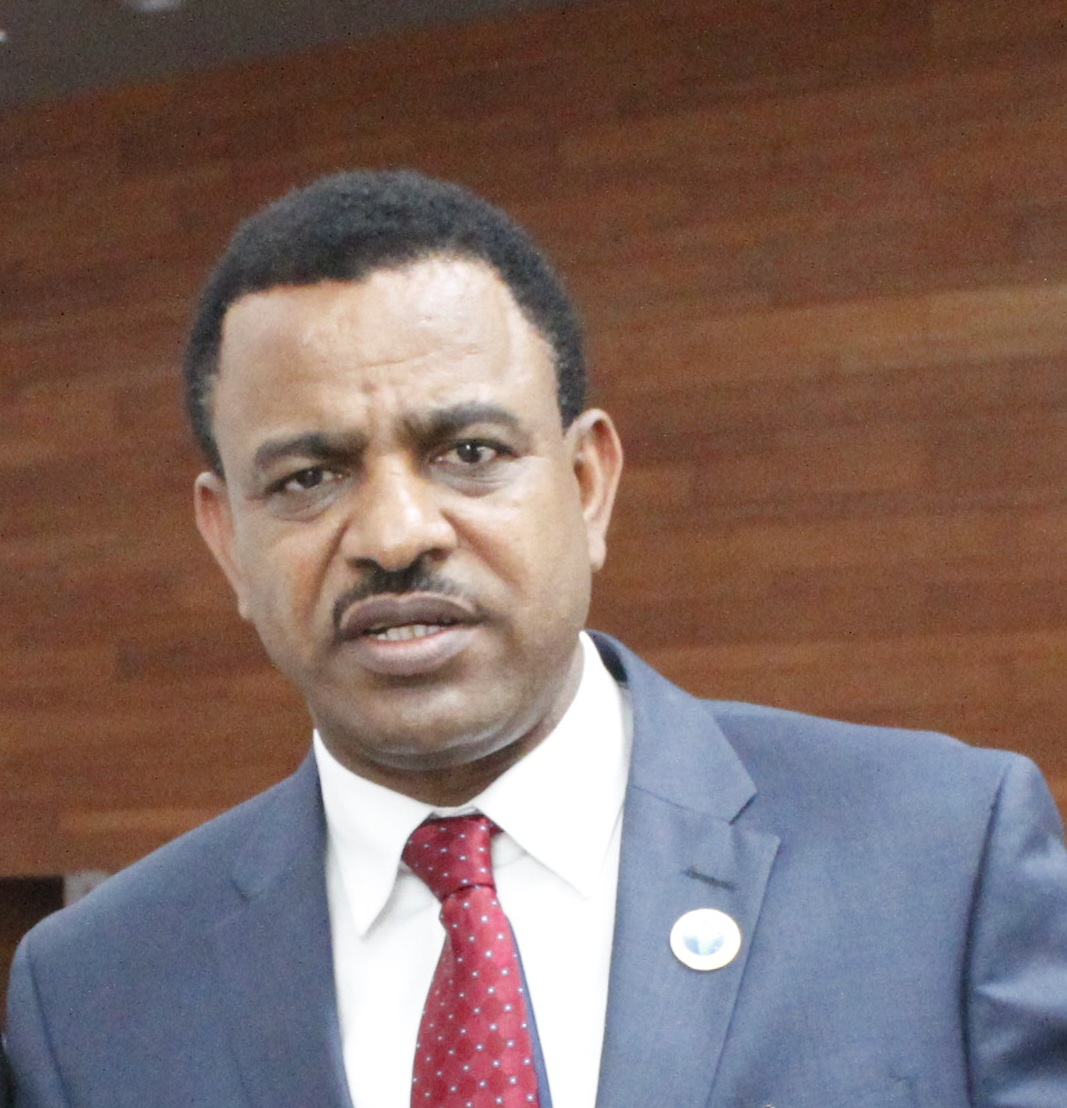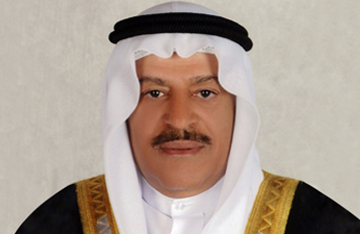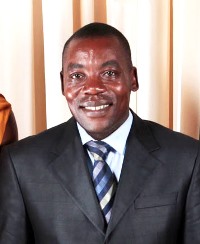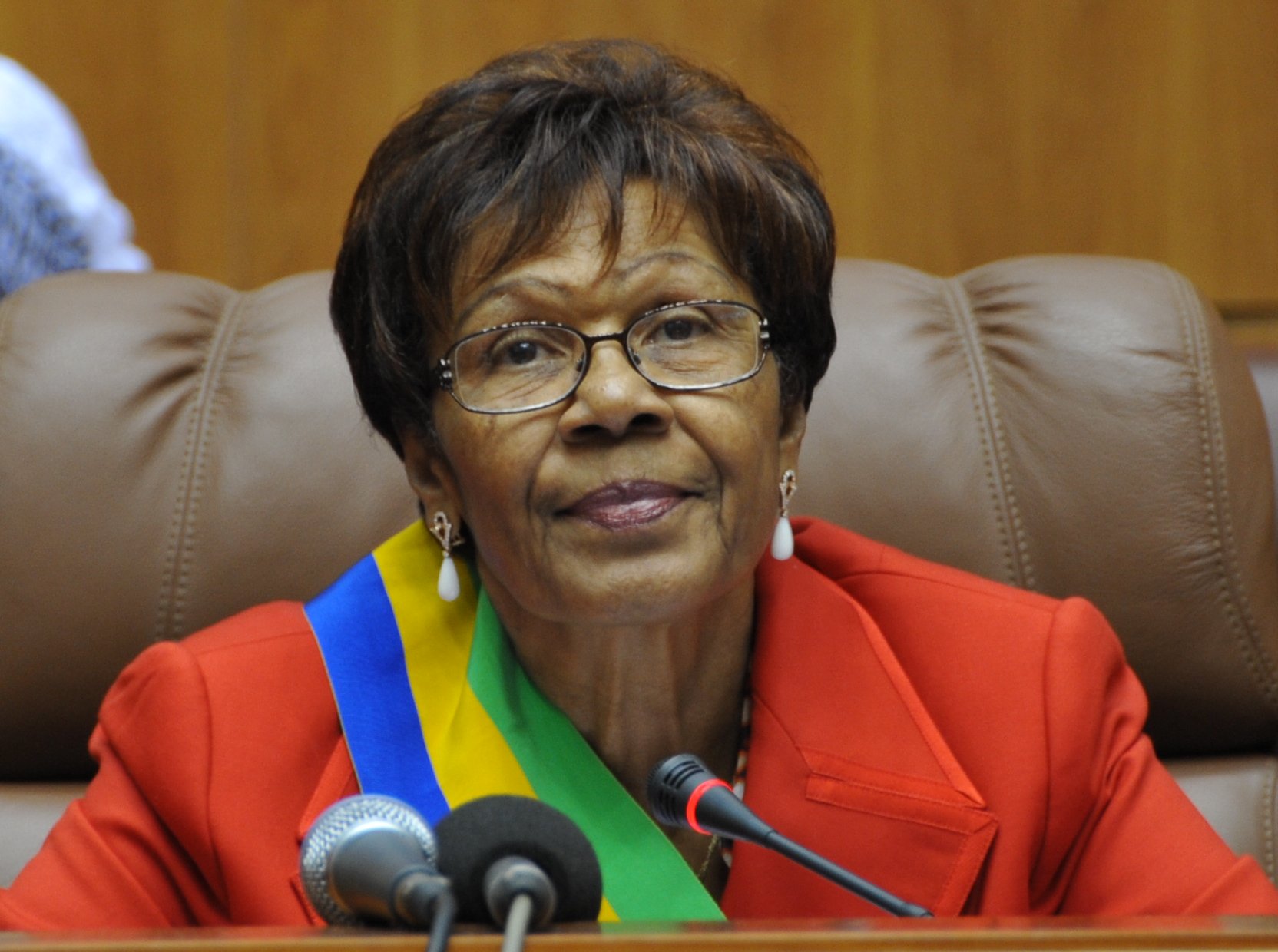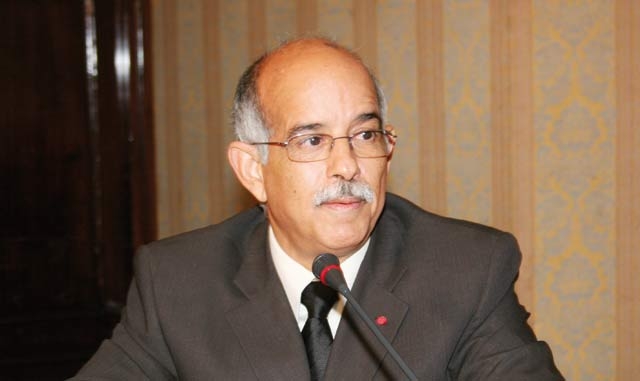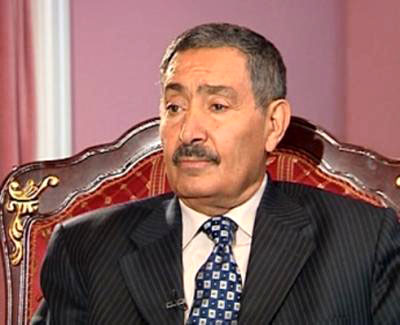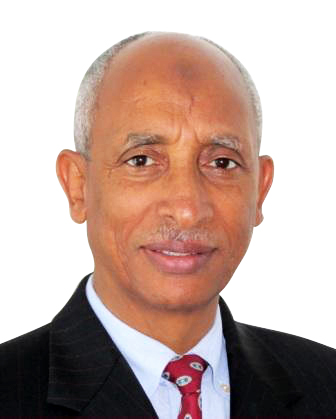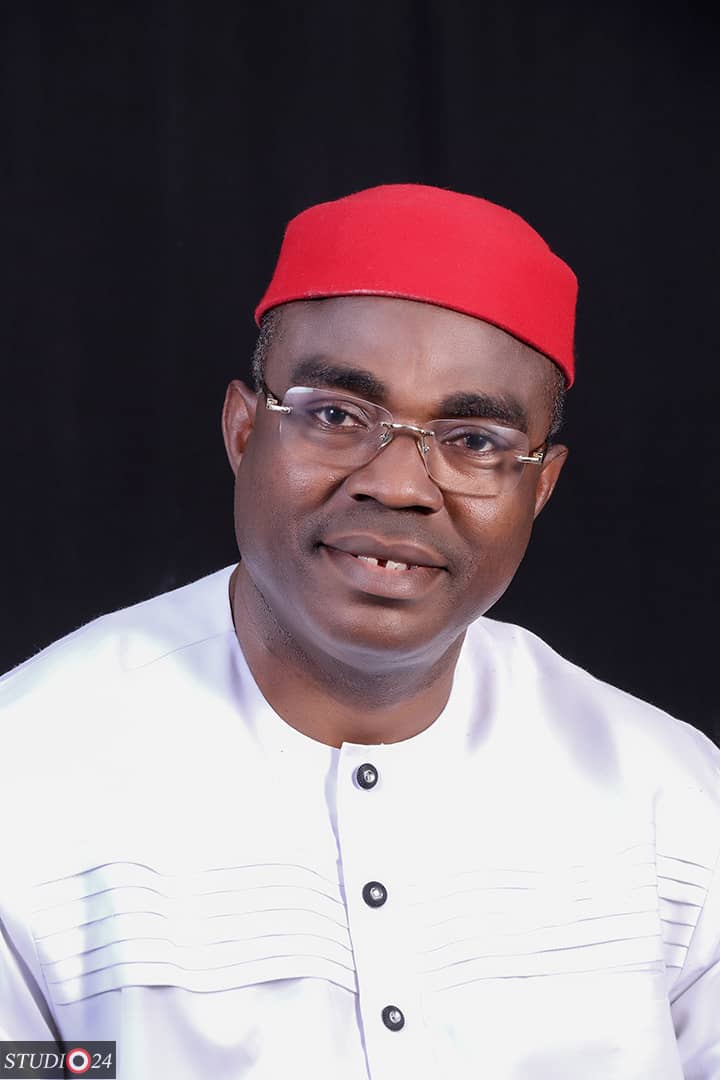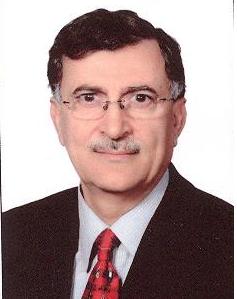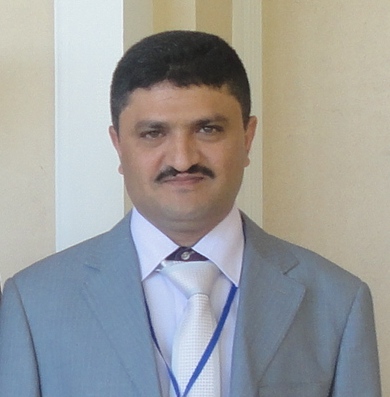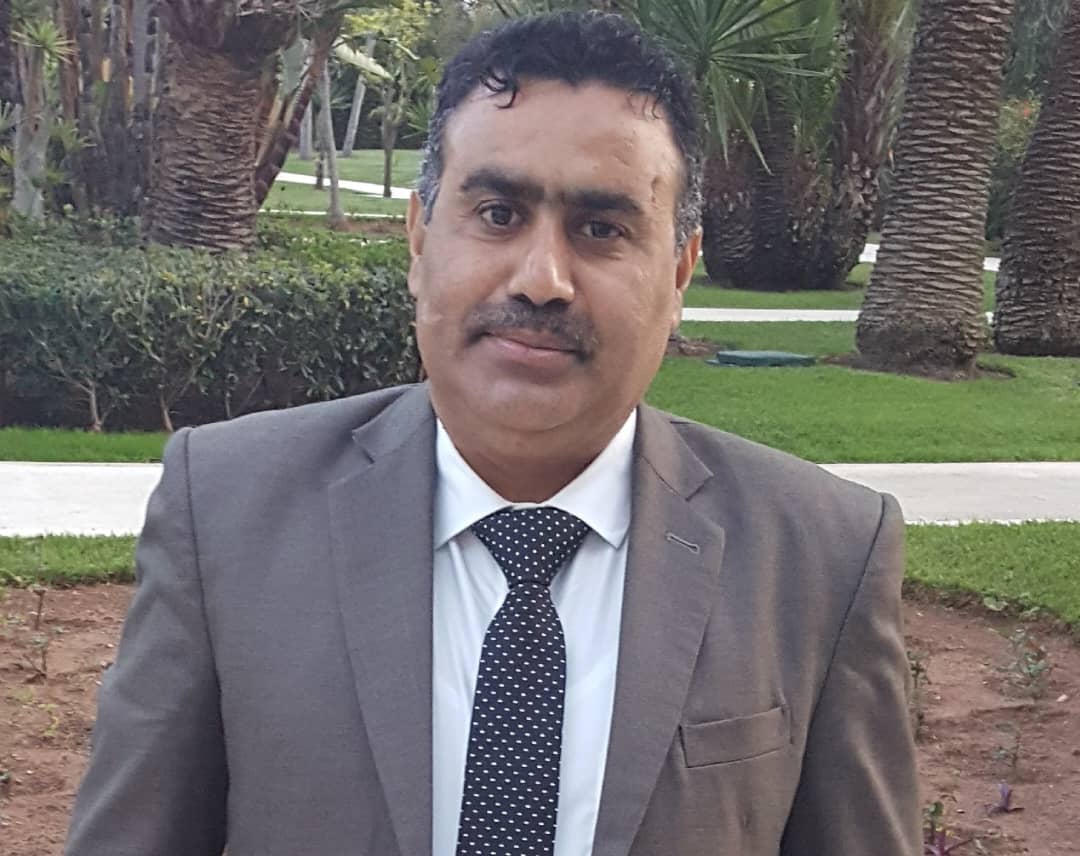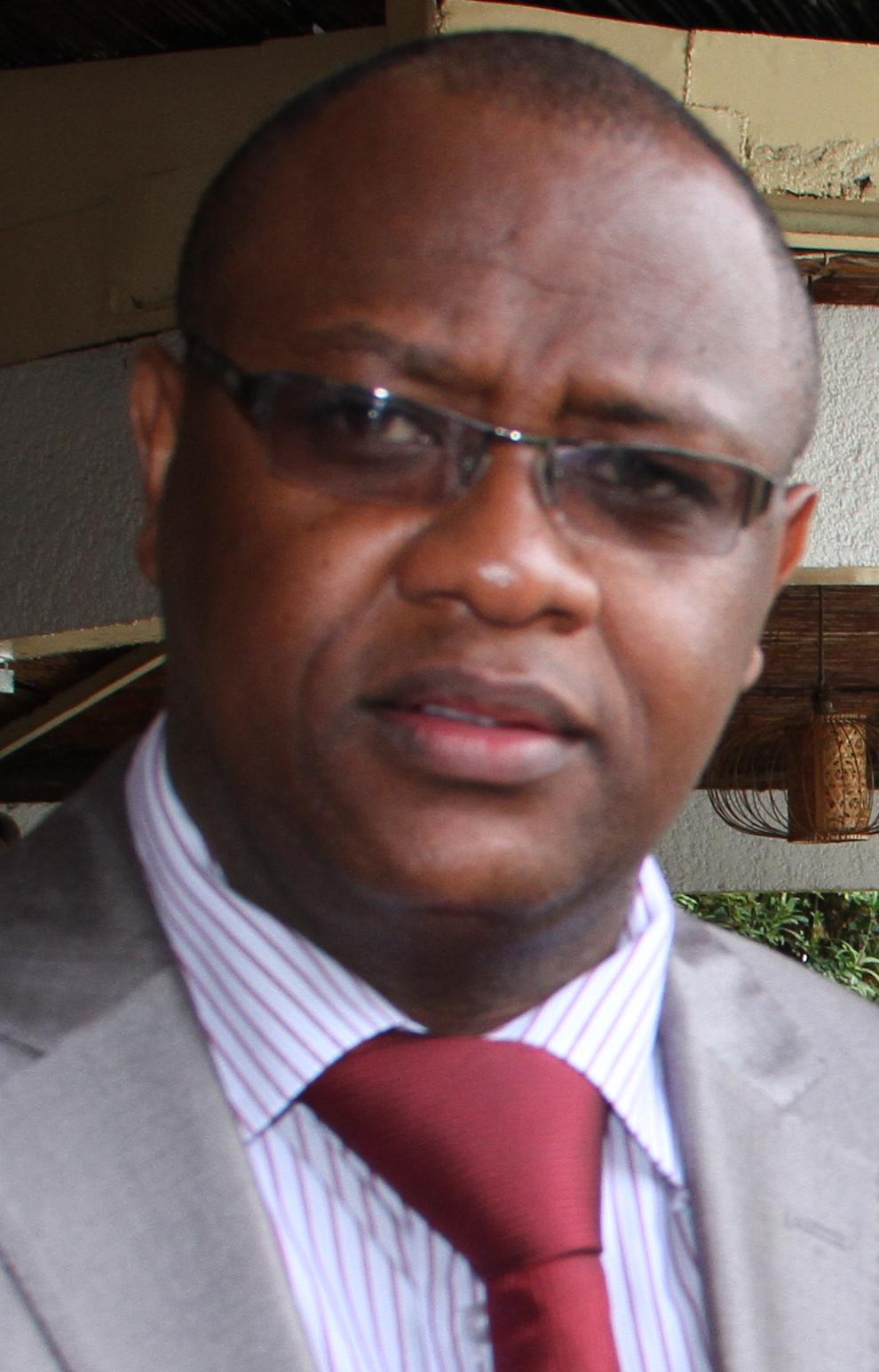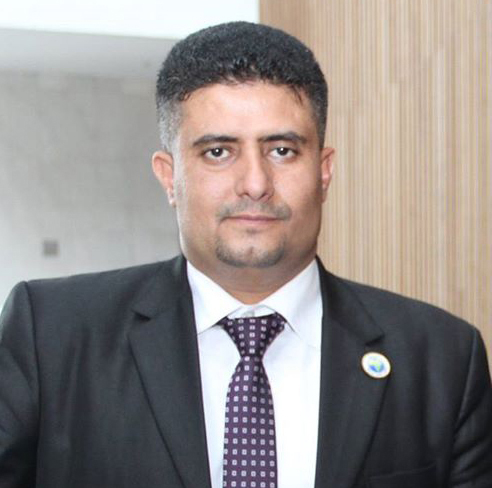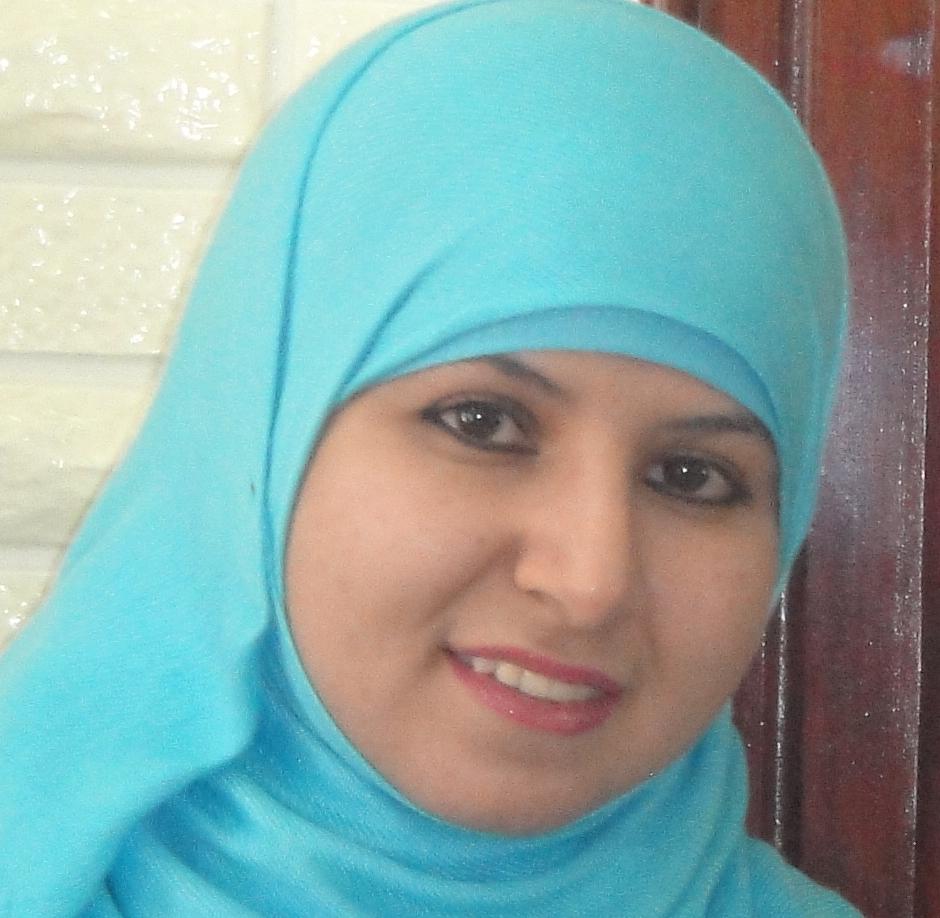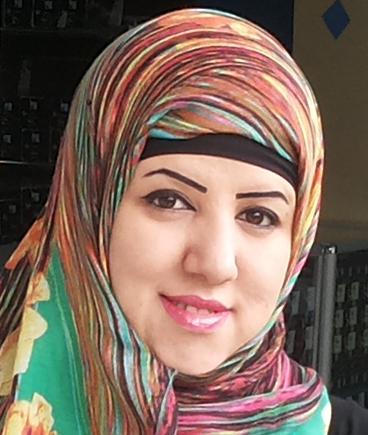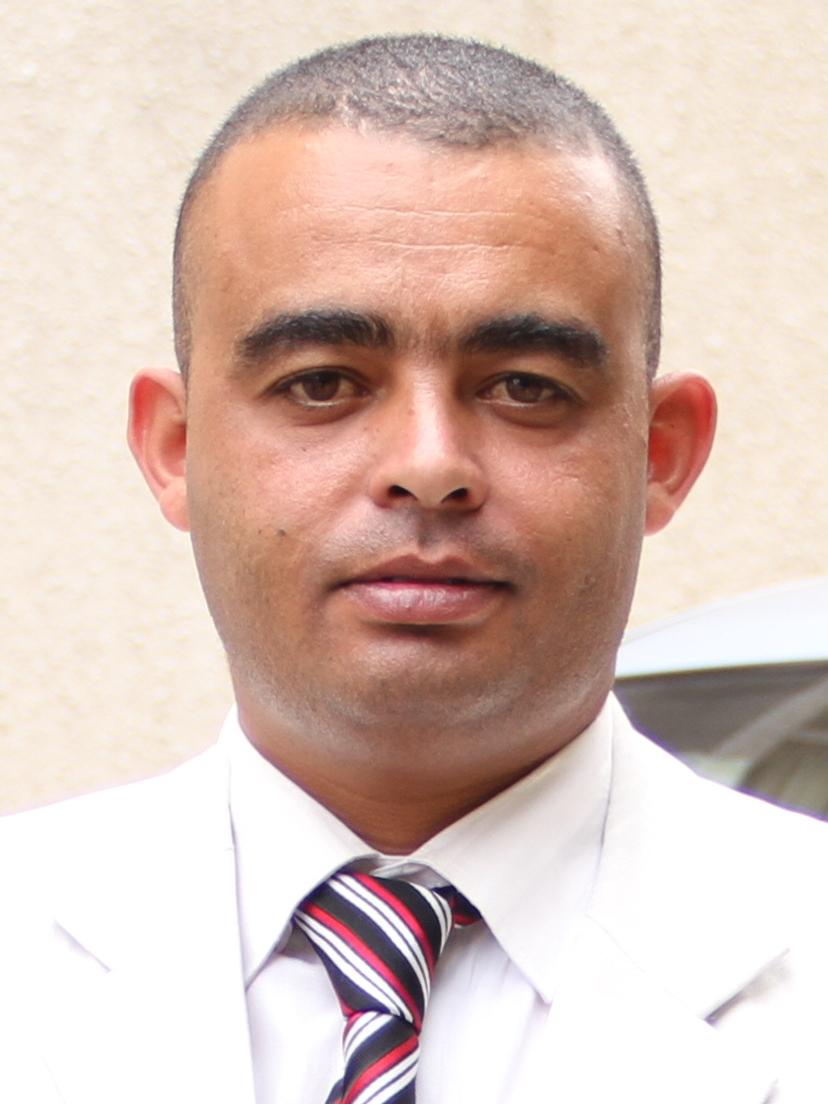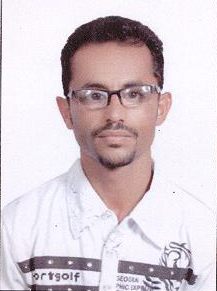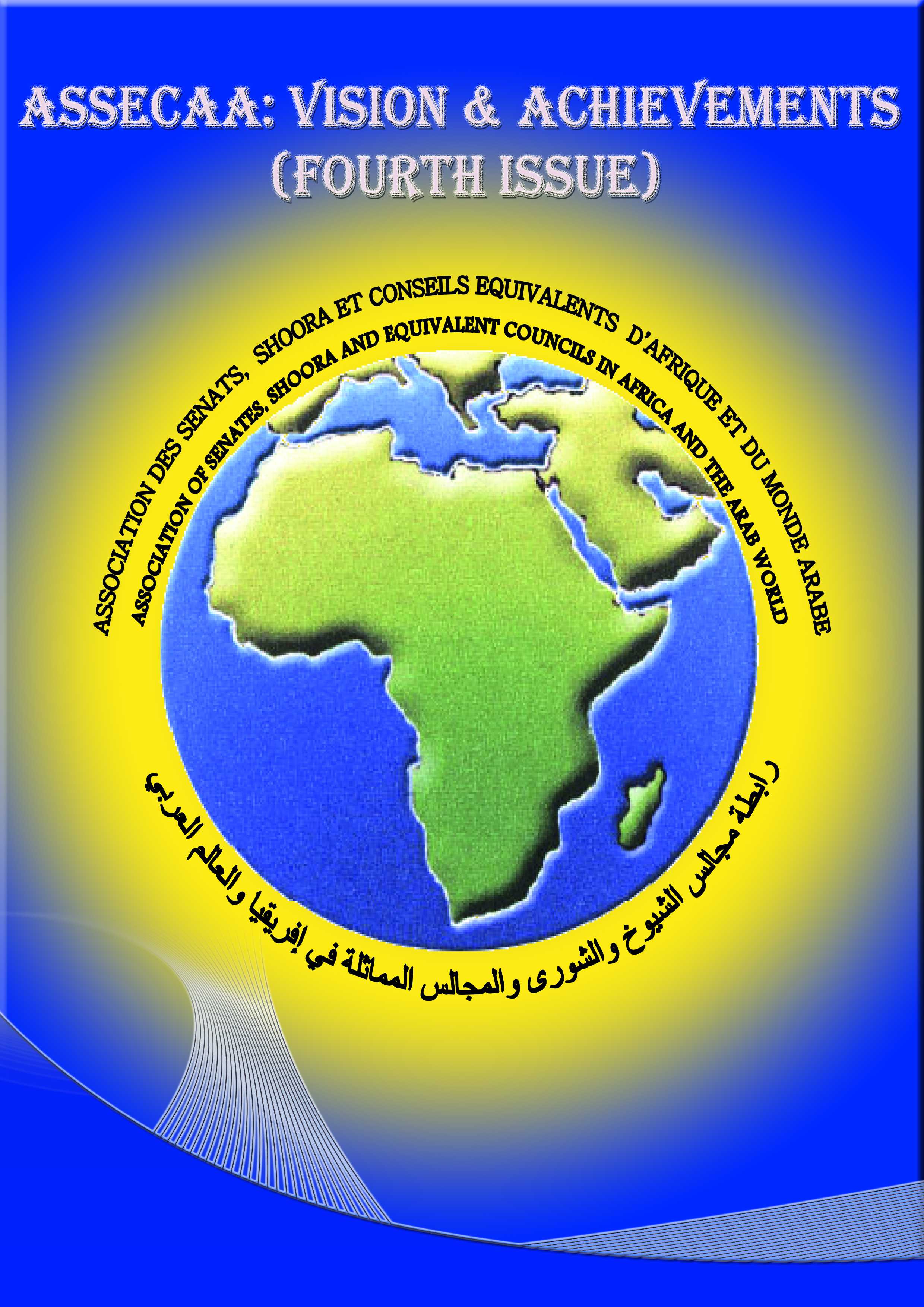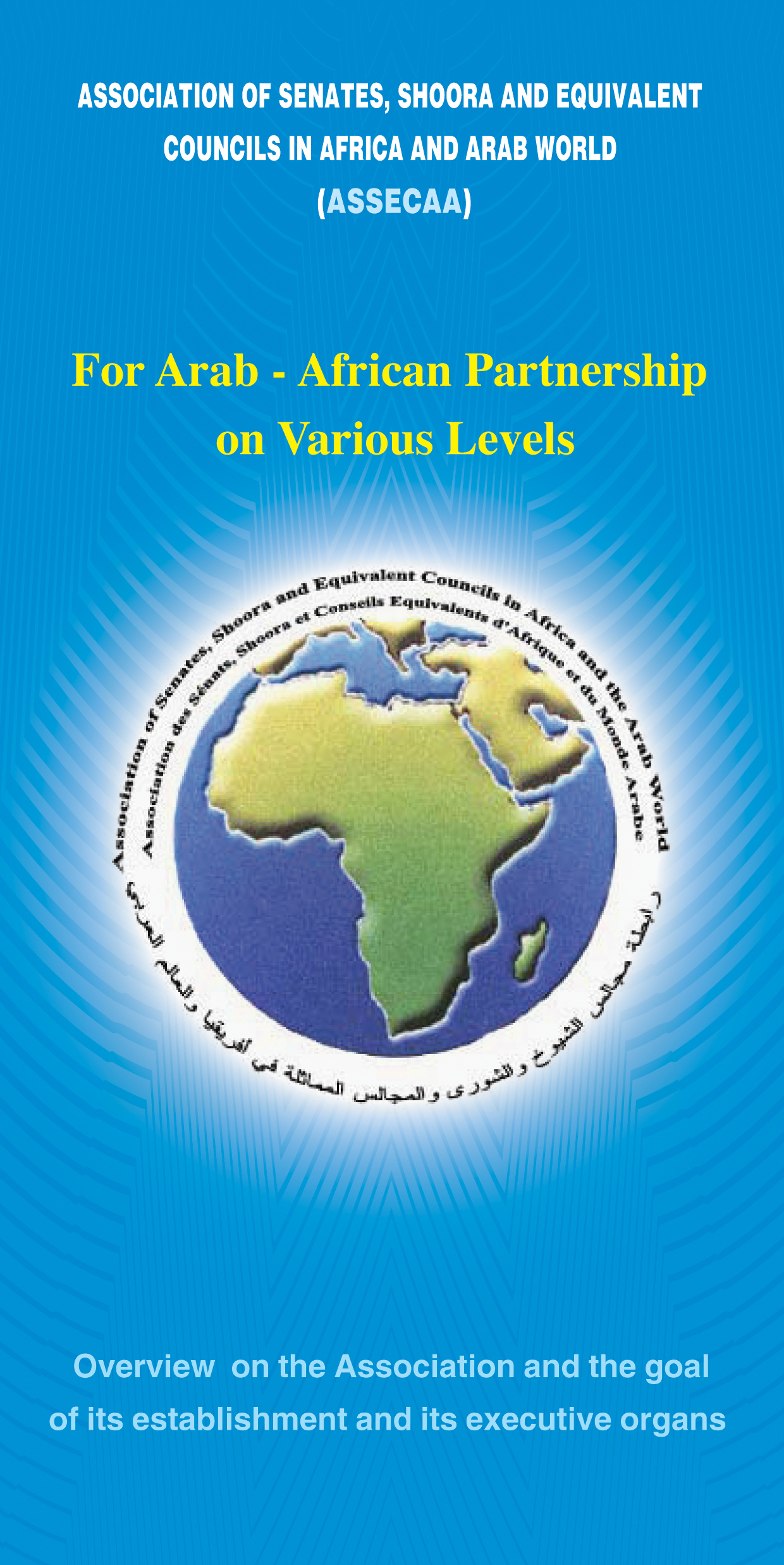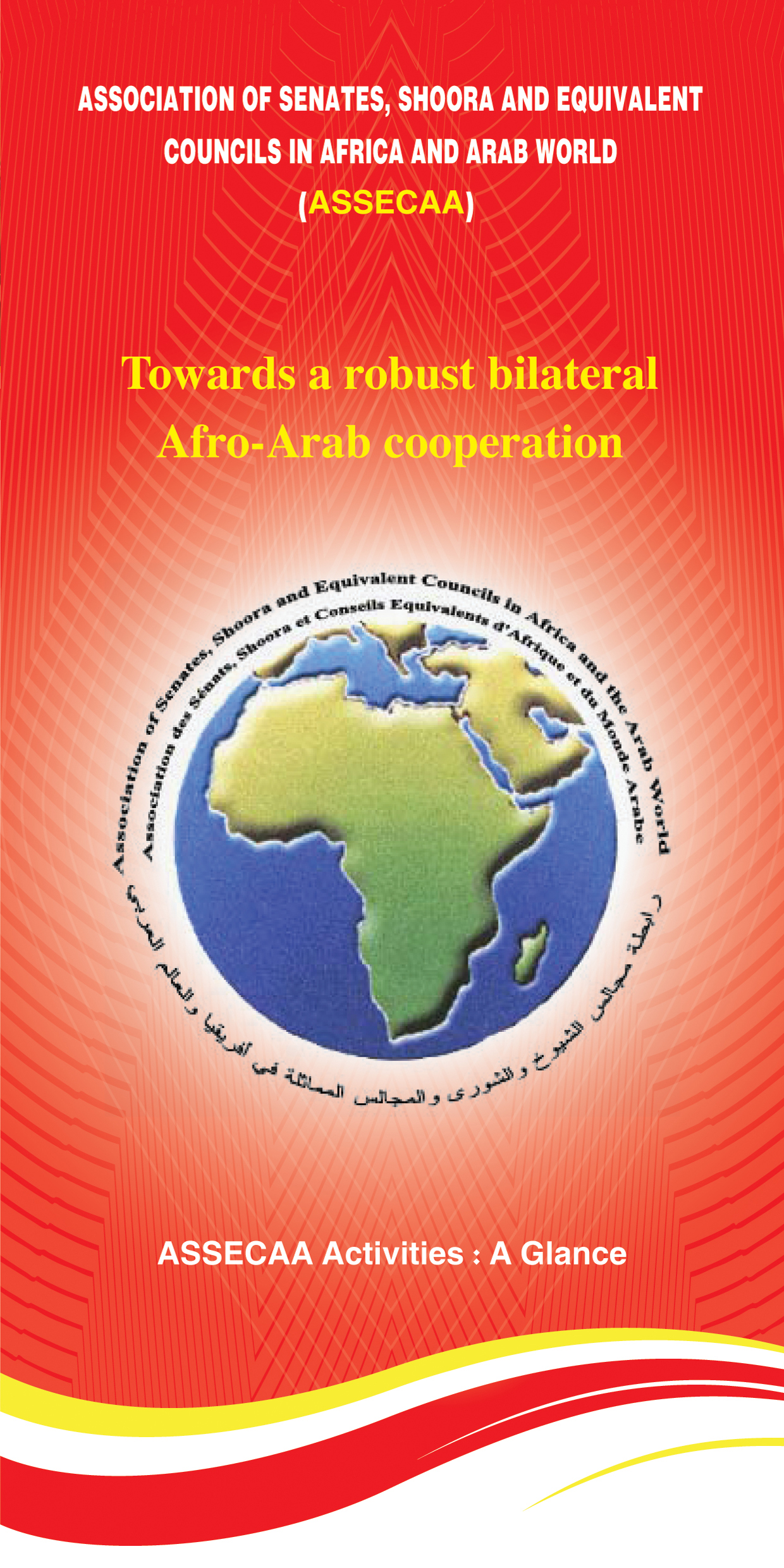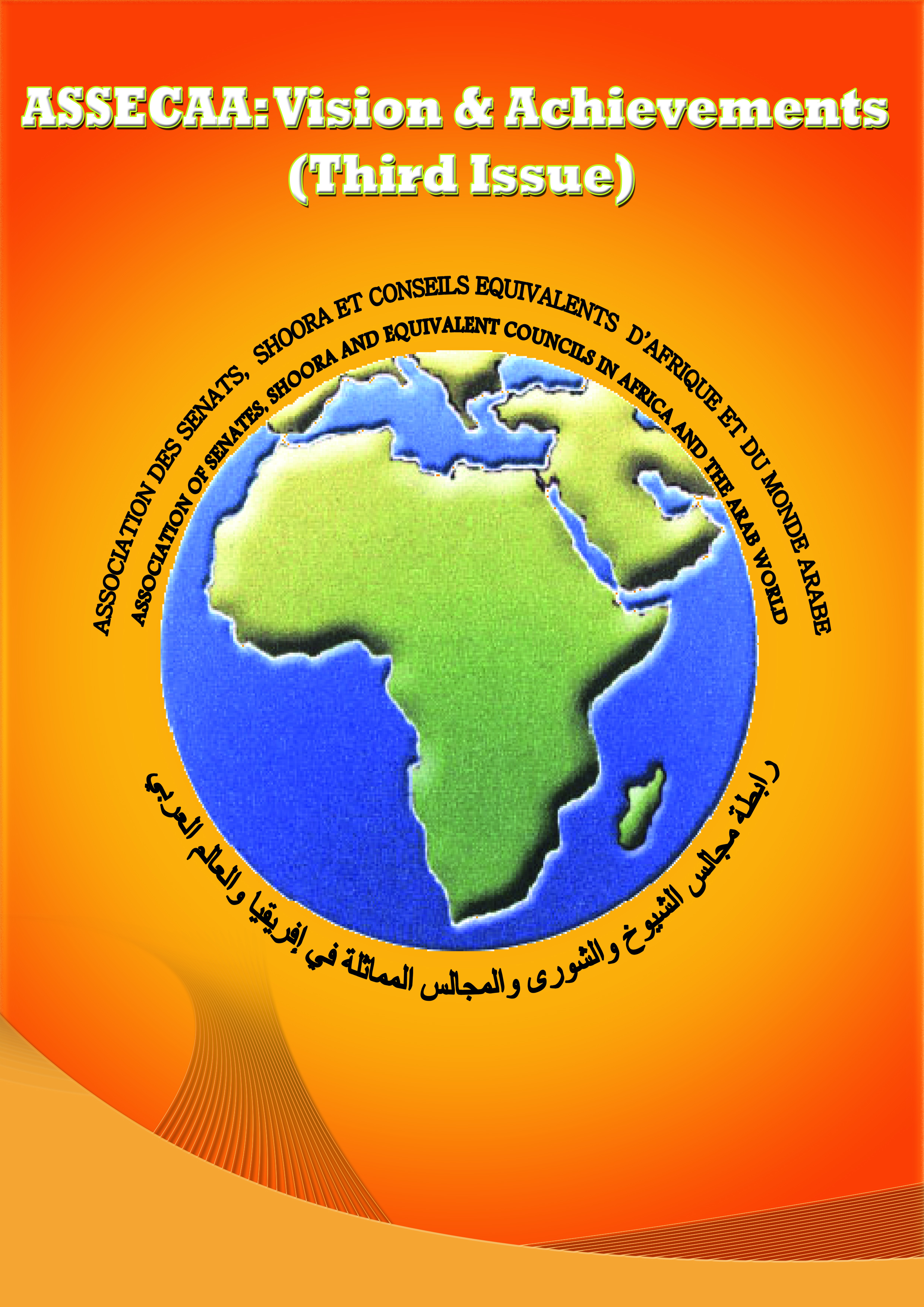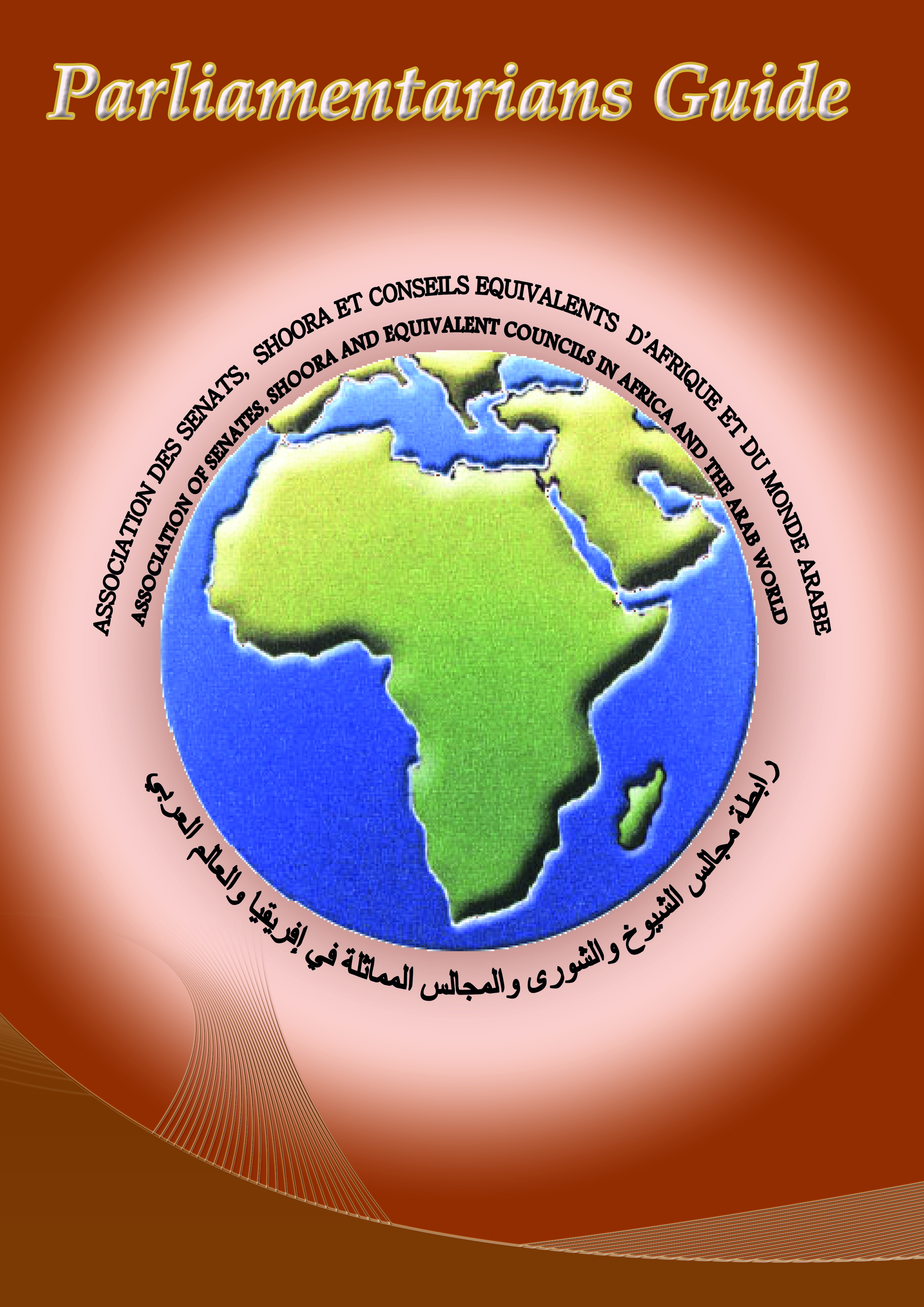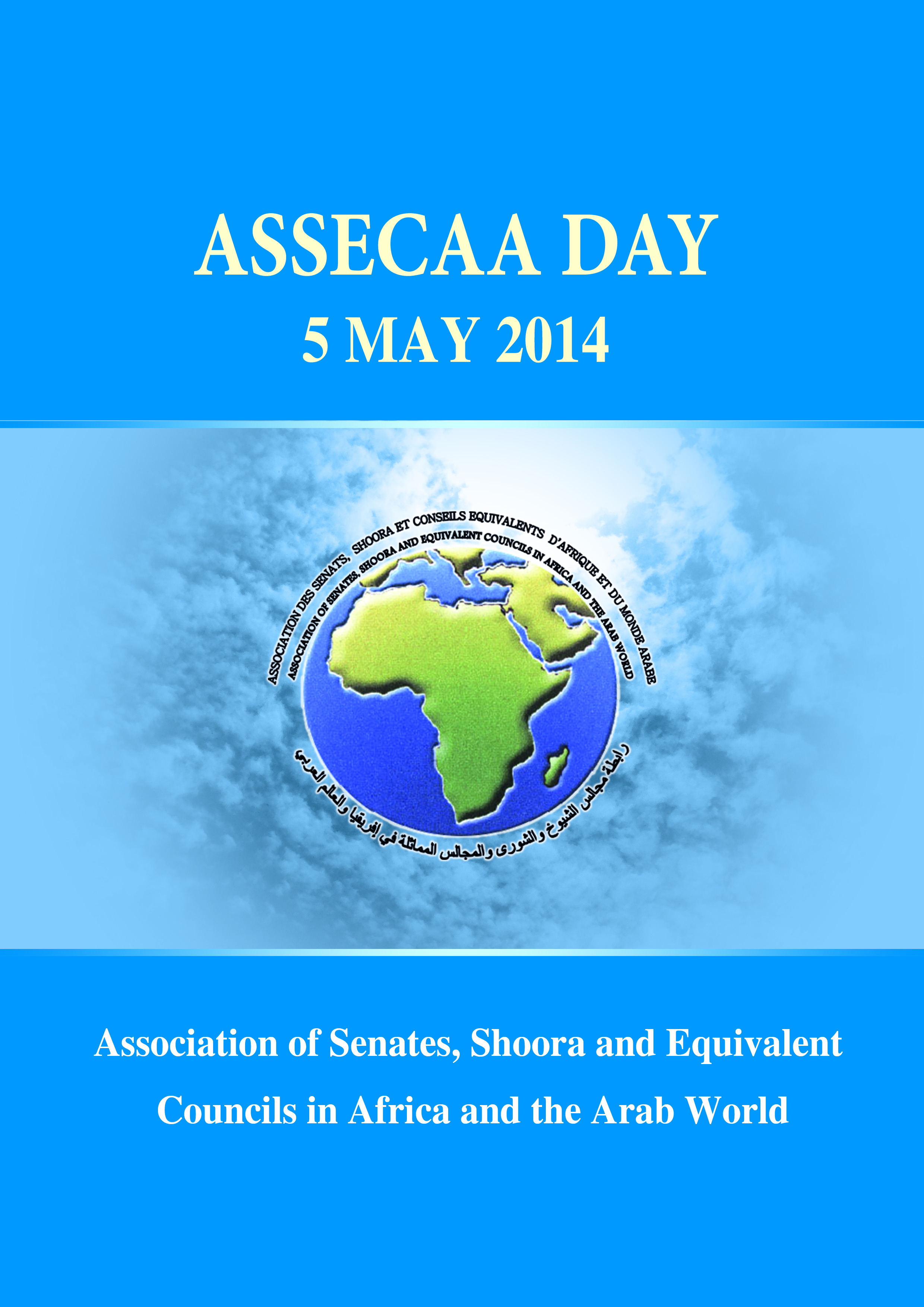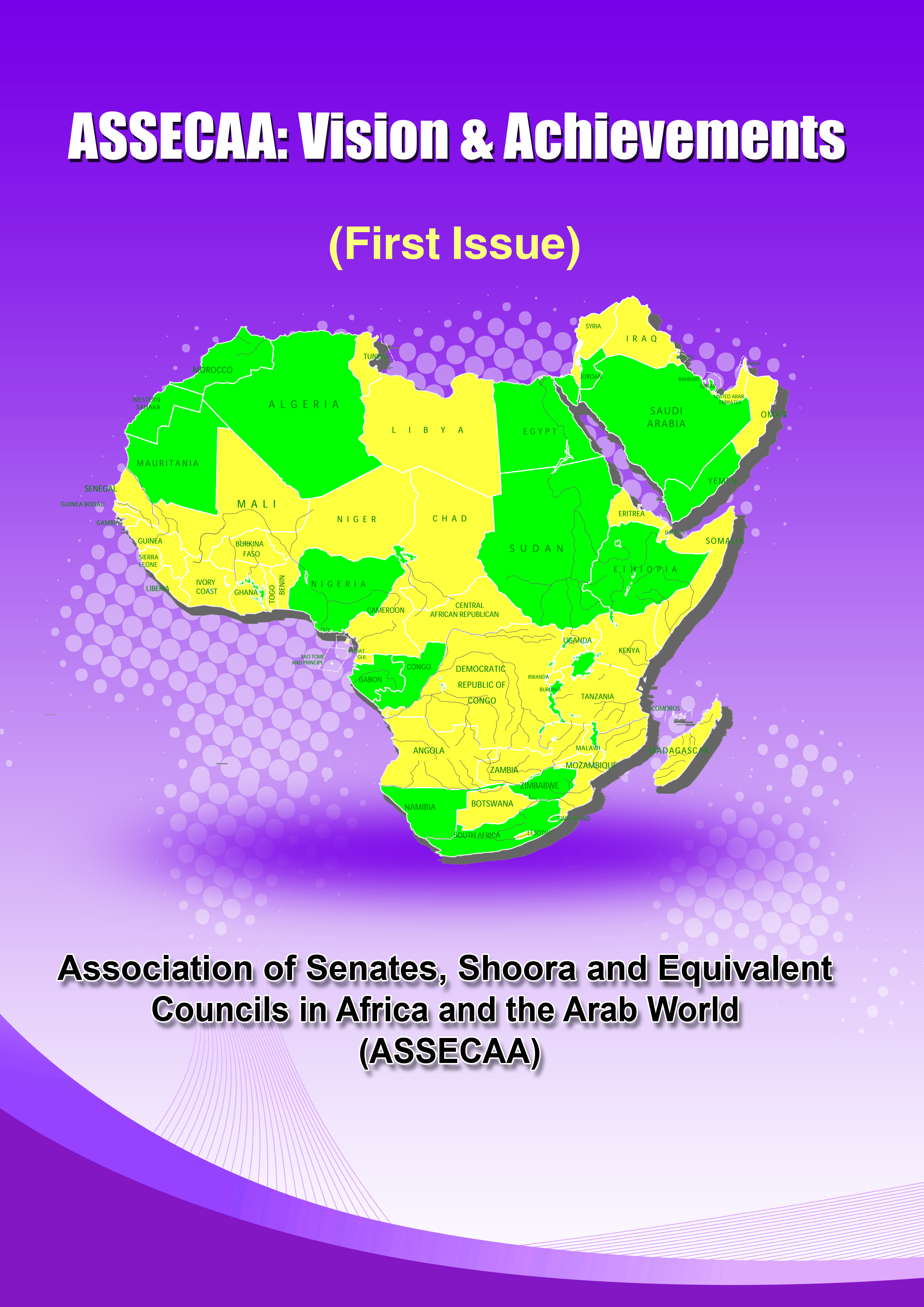The National Council of Republic of Namibia
Current President:
His. Excellency Hon. Prof. Peter Katjavivi, MP

There are 26 members in the National Council of Namibia all elected. 19 males and 7 females from the regional council for a period of 6 years. One must have been up to 21 years of age, a Namibia citizen, sound mind and must not have been convicted prior to independence for an offence for which he or she has been sentenced to death or to imprisonment for a period of more than 12 months without an option of fine, unless he or she has received a free pardon or such imprisonment has expired at least 10 years prior to the date of election.
A member can also be removed before the end of the tenure by the Regional Council or by his or her political party or if the member cresses the floor for reasons of a decline in his membership of the political party that elected him or if he as a member of a Regional Council absents himself or herself without leave of the Regional Council on three consecutive sittings of the Regional Council and his or her absence is not condoned by the Regional Council.
The chamber is convened by a notice circulated by the office of the Secretary of the National Council to the 13 Regional Councils informing them of the date of the first meeting of the Council.
There is no constitutional provision for the dissolution of the chamber.
On the relation between the National Council and the lower chamber, bills are first introduced in the lower chamber and then referred to the upper chamber for review. There is no fixed number of times that the Council must sit in a year.
PRINCIPAL OFFICERS
The Presiding Officer of the Council is called the Chairman. He is elected at the same time with other members for a six-year tenure then elected as Chairman at the first meeting of the Council by a simple majority vote 50 + 1. The Presiding Officer can also be removed before the end of his tenure through the same process – simple majority of the members of the Council by passing a vote of no confidence. When removed, he can still retain his seat as a member of the Council.
His functions include the following:
1. Presides over sessions of the National Council.
2. Maintains order during the sessions/debates.
3. Makes rulings
4. Acts as the spokesperson of the National Council.
There is no official order of precedence in Namibia.
Other Principal Officers of the National Council of Namibia are:
(a) Vice Chairperson – elected by the Council.
(b) Leader of the Official oppositions
(c) Chief Whip of the Ruling Party
(d) Chairpersons of Committees
(e) Deputy Chief Whip of the Ruling Party
(f) Assistant Whip
Different political parties elect these Principal Officers.
The Principal Officer can be removed if a vote of no confidence is passed on him through the same process by which he was elected.
A brief outline of the functions of other Principal Officers who are also elected as follows:
1. The Vice Chairperson is the Chairperson of the Committee of the whole Council and acts in the place of the Chairman in his absence. He is the coordinator of committees.
2. The Leader of the opposition acts as the head of the opposition Minority Party in the National Council.
3. The Chief Whip of the Ruling Party is the head of the Members of the Majority Party in the House and his or her functions are at a political level and to ensure that his or her party members attend sessions and vote in accordance with the mandates received from their Party.
4. Chairpersons of Committees chair the Committee meetings and table reports of committees in the House.
5. Deputy Chief Whip stands in for the Chief Whip when the latter is absent.
6. Assistant Whip takes the minutes during their caucus meetings.
COMMITTEE SYSTEM
There are 9 Committees in the Council each having between 4 to 6 members. The Chairman of the Council also belongs to a Committee. They are selected for the same period as the tenure of office. Bills are referred to the Committees to examine them and report back to the House. It is the Committee’s responsibility to obtain public input in the Bills.
The structure of the Committees is as follows:
1. Committees Coordinator.
2. Chairperson of the Committee.
3. Vice Chairperson of Committees.
4. Committee Clerks
The Committees are classified into two:
1. In-House Committees
2. Standing Committee (Port folio)
There are no particular qualifications for the Chairs of the Committees. The Chairmen of the Committees are appointed by the Committee on Standing Rules and Orders.
The Committee Chairs have the following as duties:
1. Chairing of Committee Meetings
2. Table reports of Committees
3. Coordinate Committee’s activities
4. Convene meetings of Committees
POLITICAL PARTIES
There are three Political Parties represented in the Namibian Council:
1. SWAPO: South West Africa Peoples Organization – 92.31%
2. DTA: Democratic Turn hale Alliance – 3.84%
3. UDF: United Democratic Front – 3.84%
FUNCTIONS OF THE CHAMBER
The Council has oversight functions with regards to other arms of Government but is not involved in anyway in the foreign policy process of the country.
A Brief Outline of the Functions of the Council:
1. The Council reviews Bills.
2. It investigates and report to the National Assembly on any subordinate legislation, which is referred to it by the National Assembly for Advice.
3. The Council recommends legislation on the matters of regional concern for submission and consideration by the National Assembly.
4. It performs any other functions assigned to it by the National Assembly or by an Act of Parliament.
At a resolution adopted by the House can amend or suspend its rules. The Chamber also controls discipline among its members.
On immunity, no member shall be liable to any civil or criminal proceedings, arrest, imprisonment or damages by reason of anything done in the exercise of his or her right to freedom of speech in parliament or whilst taking part in any proceeding in parliament.
The staff of the Council are recruited by the Public Service Commission of Namibia and funds are released to it by the Ministry of Finance.
A Brief Outline of the Structure of the Council:
1. Office of the Secretary – Secretary of the National Council
2. Directorate Office of the Chairman – Director Chairman’s Office
3. Directorate General Services – Director of General Service
4. Legislative, Legal Services Office – Chief Legal Counsel
5. Directorate Specialized Services – Director of Specialized Services
ADDRESS
National Council of Namibia
Private Bag 13371
Windhoek
Khomasdal Constituency
Khomas Region
Email: This email address is being protected from spambots. You need JavaScript enabled to view it.
Phone: + 264 61 202 8000
Fax: + 264 61 226121
Mobile: 0811279137




